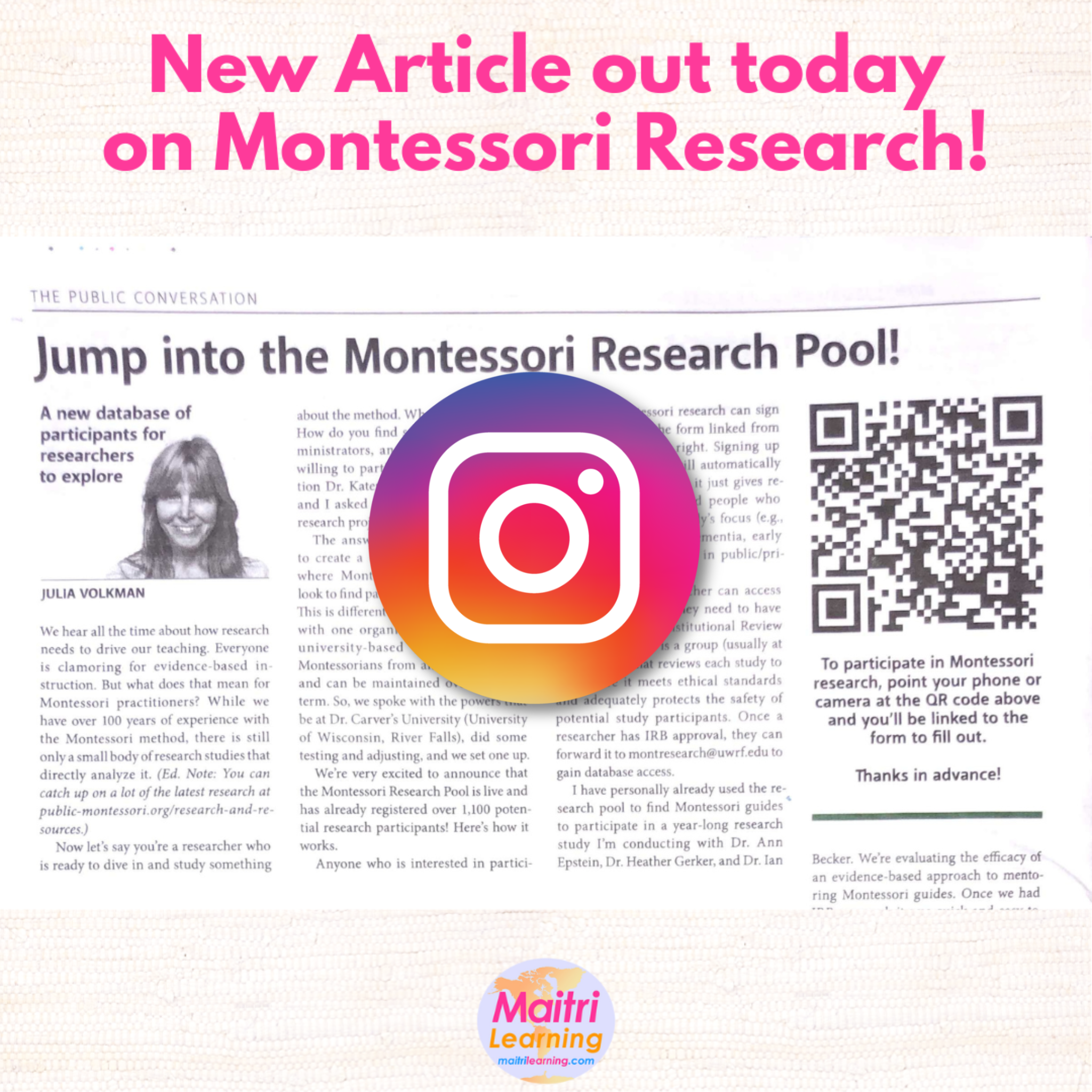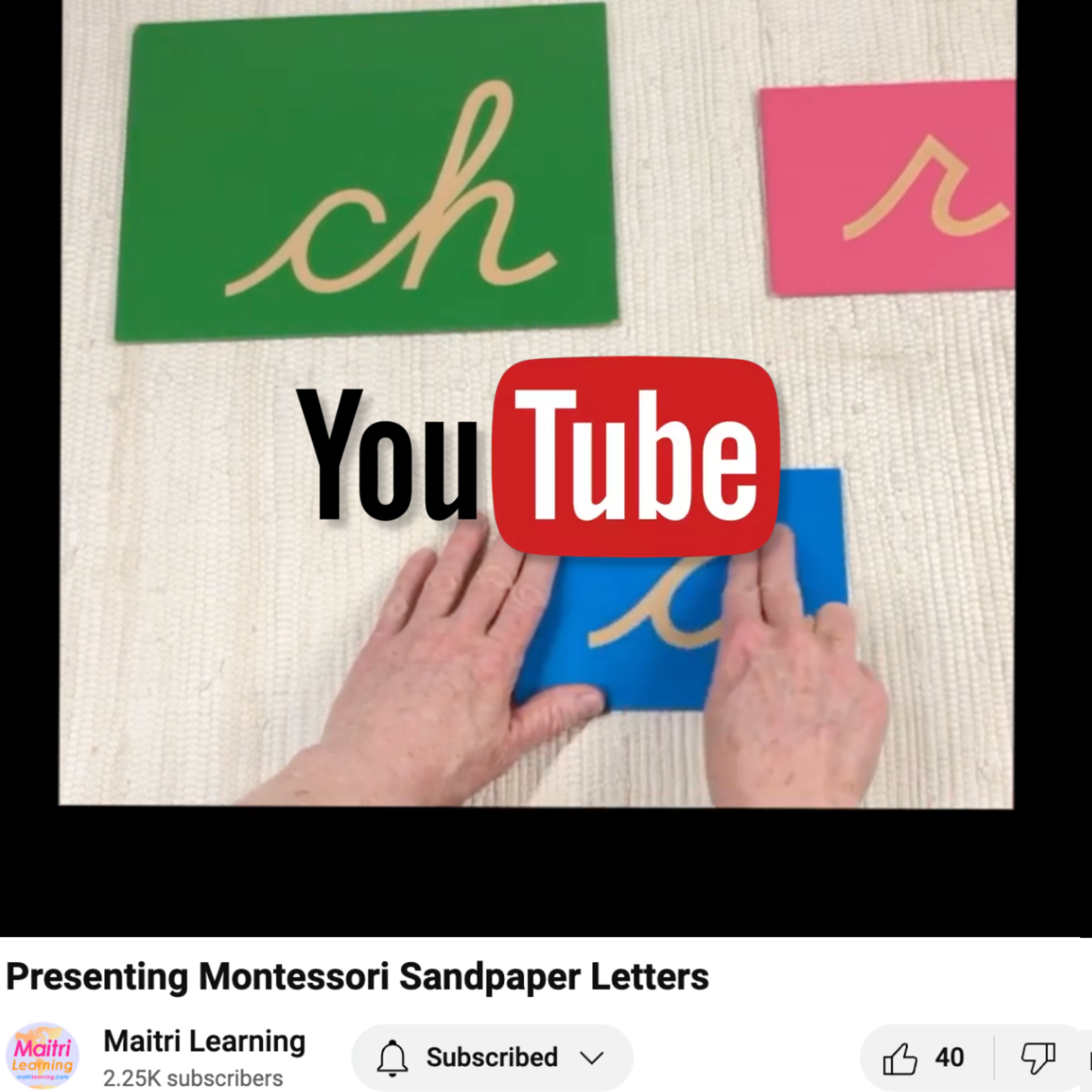Lamination Details
Our laminated cards are ready to use. Our unlaminated cards require lamination before use. If you have a great volunteer staff and a good quality laminator/laminate, save some money and go for it!
Note: All of our materials meet or exceed CPSIA standards.
Laminating Recommendations
Based on the results of our clinical study (see details below), we recommend the following lamination procedures:
-
Use a 5 mil laminate (pouch or roll)
-
Round the corners on all cards, preferably using a corner rounding machine (available as a hand punch at craft stores or as a manual stack corner rounder such as the Diamond 1 or the CR-20 which can be found at many Internet stores)
-
Paste or print material on heavy weight paper (32 lb.) NOT card stock (card stock tends to pull away from the laminate; it does not adhere well and will have a shorter life than paper cards)
Research Overview
The Lamination Study involved 11 Montessori classrooms in the US and abroad who evaluated different lamination formats of vocabulary cards. The results of that study, published below, indicate that:
-
Photographic vocabulary cards that isolate their subject appeal to children, are used often and repeatedly by children and invoke valuable oral conversations
- Cards with square corners produce a tactile distraction for children (who comment on how "pokey" they are)
- Cards with rounded corners provide greater isolation of the visual stimuli (without tactile distractions)
- Cards laminated with a thin 1.5 mil laminate were damaged (folded/creased) in 70% of reporting classrooms
- Cards laminated with 5 mil laminate and with rounded corners were preferred by 90% of responding teachers
Study Abstract
This was an observational, international, multi-center, single-blind study of vocabulary card lamination formats in eleven Montessori primary (ages 3 to 6+) classrooms with total enrollment of 284 students. The study ran from December, 2005 through March 15, 2006. The study evaluated identical vocabulary cards laminated in distinct ways: Set A with a flexible, 1.5 mil laminate and square corners; Set B with a rigid, 5 mil laminate with rounded corners. The assumption that vocabulary cards featuring color photographs will call to and interest the child is clearly supported by the findings of this study; the cards were regularly and repeatedly used in all classrooms. The overall frequency with which children chose Set A versus Set B cards was nearly equivalent, although the children were slightly more likely to choose Set B for the initial presentation. Of the children who stated a preference, 83% preferred Set B cards. Ninety percent of responding teachers preferred Set B cards. No teachers preferred Set A cards. Seven of the 11 classrooms (64%) studied reported damage to Set A cards. No classrooms reported damage to Set B cards.
Study Conclusion
Based on the results of this study, it is recommended that when laminated vocabulary cards are preferred, they be laminated with a thicker laminate as the 1.5 mil laminate was too easily damaged and proved difficult for the children to lift off the table. Rounding the corners will not detract from the appeal or usability of the cards, will overcome the resistance some children stated to squared corners, and will remove the tactile distraction of “pokey” corners.
Study Investigator
Julia Volkman, AMI 3 to 6+ (Founder, Maitri Learning), with advice and guidance from Annette Haines, Ed D. (Director of Training, Montessori Training Center of St. Louis; AMI Pedagogical Committee), Tarin Weiss, Ed D. (School of Education, University of Massachusetts at Amherst), and Pamela Allen, M Ed./Doctoral Student (Education Program Specialist, Office of Non-Public Education, US Department of Education).
Click here to download the Full Text of the Lamination Study Report (including graphs).
Click here to download the Appendix to the Study (the instructions/protocol and study forms).





